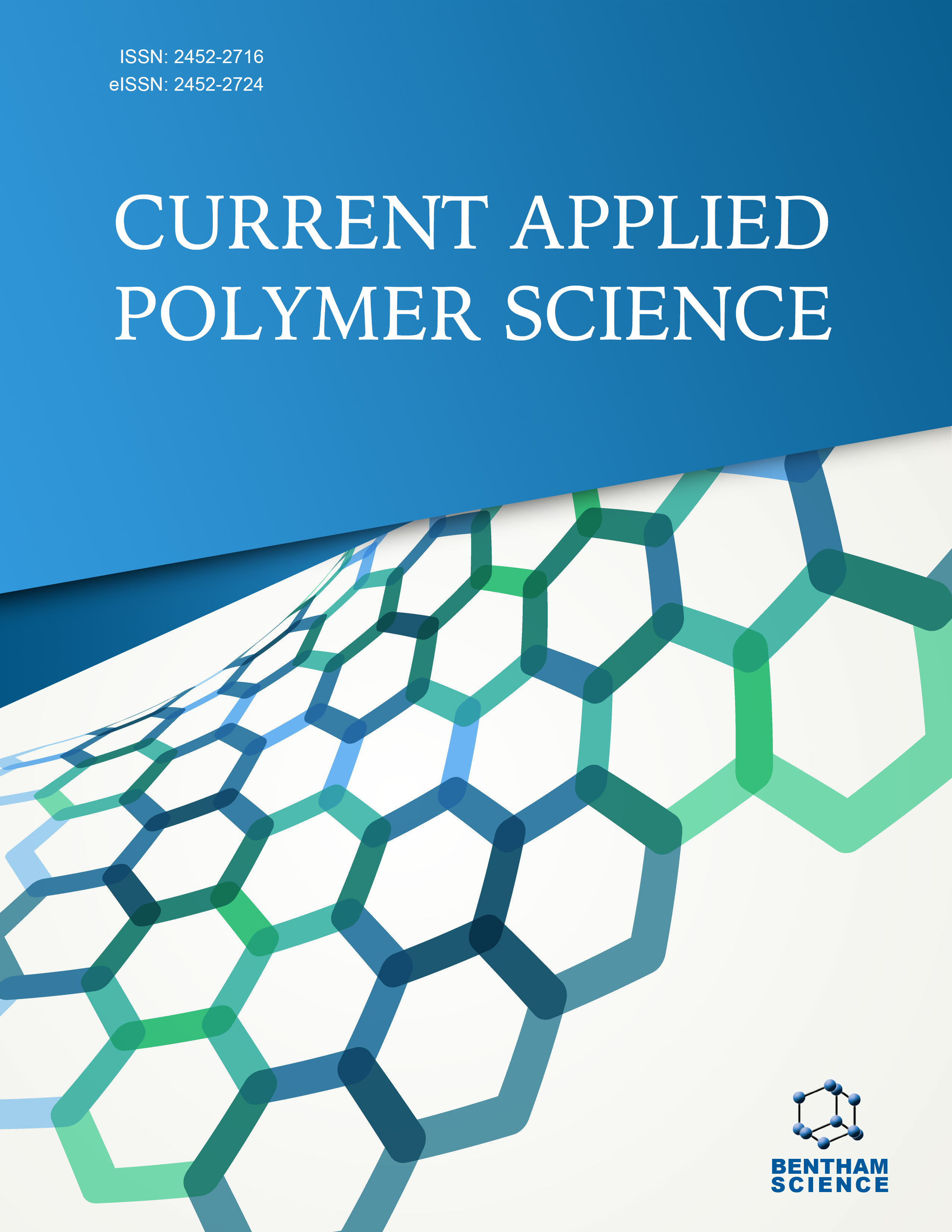
Full text loading...
We use cookies to track usage and preferences.I Understand
Nanomedicine is an emerging field that utilizes nanoparticles to deliver drugs and other therapeutic agents to specific cells and tissues in the body. One of the most promising materials for creating these nanoparticles is Poly(Lactic-co-glycolic Acid) (PLGA), which has several unique properties that make it well-suited for biomedical applications. These nanomedicines, made from a combination of lactic acid and glycolic acid, can deliver drugs and other therapeutic agents directly to specific cells or tissues in the body. This allows for more precise and targeted treatment, reducing the potential for side effects and improving the effectiveness of the treatment. Additionally, PLGA nanomedicines are biocompatible and biodegradable, making them an attractive option for use in a wide range of biomedical applications to deliver a wide range of drugs, including proteins, peptides, nucleic acids, and small molecules for various biomedical applications such as neurodegenerative, cardiovascular diseases, inflammatory disorders, and cancer. In summary, research on PLGA nanoparticles for biomedical applications is ongoing and has the potential to lead a new and improved treatments for a wide range of diseases and conditions. Looking ahead, PLGA nanoparticles have the potential to revolutionize the way we treat diseases and improve human health. As research continues to advance, we can expect to see new and innovative uses for PLGA nanoparticles in the biomedical field, leading to the development of more effective and targeted therapeutics. The current review focuses on the synthesis, physicochemical properties, biodegradation properties of PLGA, method to prepare PLGA nanoparticles and biomedical application of PLGA. It examines the current progress and future directions for research on PLGA in drug delivery.

Article metrics loading...

Full text loading...
References


Data & Media loading...

